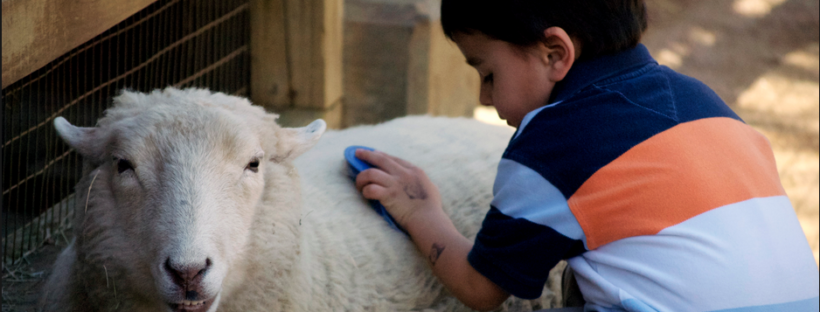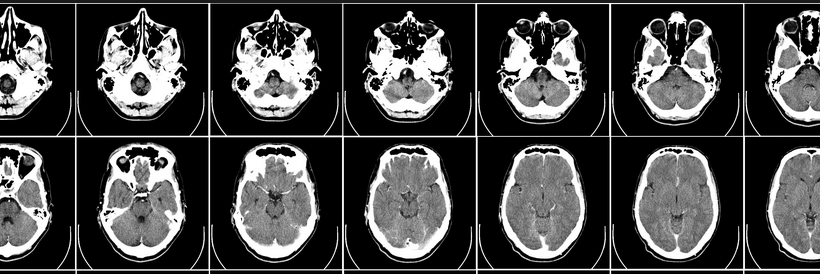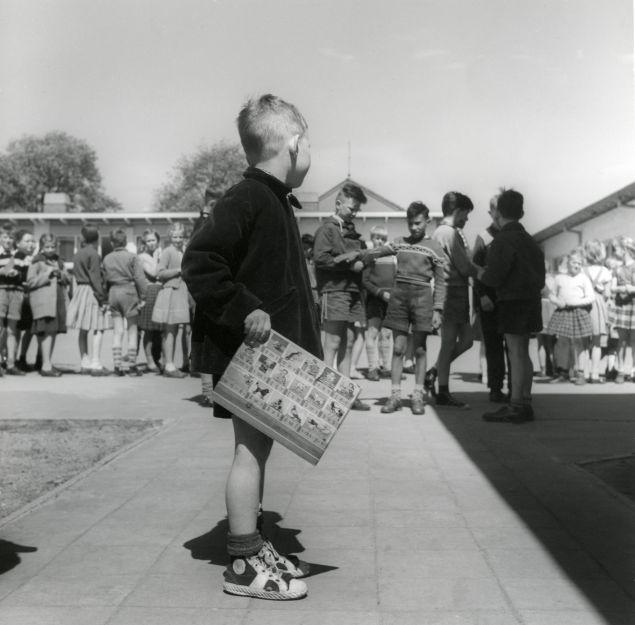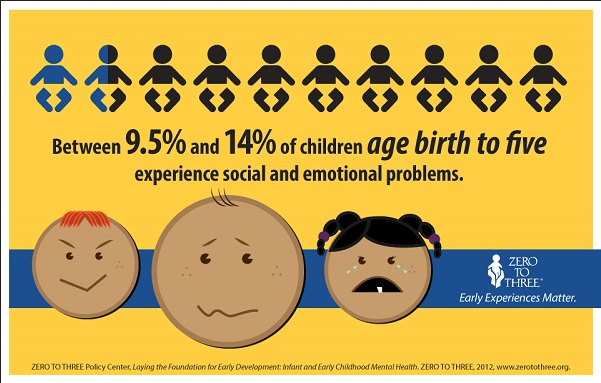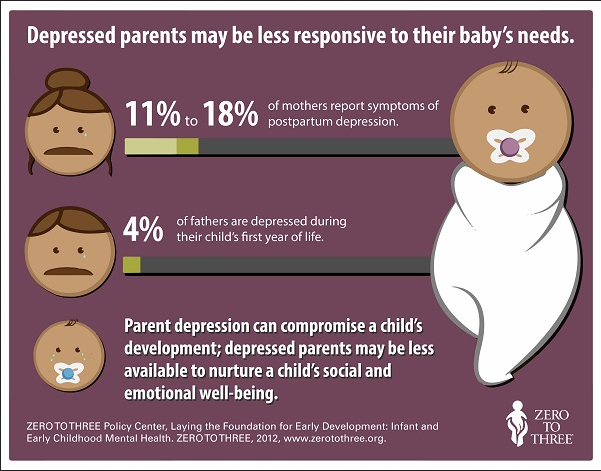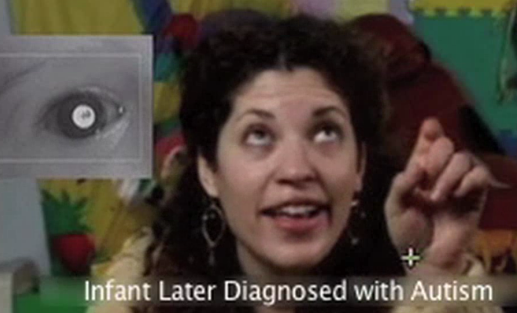Social thinking can be a really hard thing for people of all ages, but kids can start learning it at a young age. Here are some ideas and tips for you to get the ball rolling at home or school:
- Thoughts and Feelings– Everyone has thoughts and feelings. Making children aware of their own thoughts and feelings can be a good first step. After that, try and get them to imagine what others might feel like. ‘Sarah’s crayon broke. She might be ____.’ Making them aware of them self and others makes life easier in the long haul.
- Group Plan– When doing an activity, there is normally a group plan. It may be spoken or unspoken. It maybe as simple as we are all going to get the mail or play a game. Every activity has unspoken rules. If a child is having difficulty, it may be important to brainstorm the normally unspoken rules to make sure they fully understand the plan before being held accountable. Once everyone understands the group plan, then the child can be reminded to stick to it.
- Body in the Group– Groups occur throughout the day. If your body is wandering, you are no longer part of the group. The child may need reminders to rejoin the group.
- Thinking with the Eyes- People tend to think about what they are looking at (of course this isn’t always true for all kids), but if the child is ready for it ask them to engage visually in the social thinking of the group.
- Whole body Listening– This of course includes having your body in the group and your eyes engaged, but also thinking about what the rest of your body should be doing. Probably semi-quiet hands and feet that are also pointed toward the person speaking. Body language is so important.
Articles Related to ‘Social Thinking: How to Improve It’
Emotional Behavioral Disorders Quick Fact Sheet
